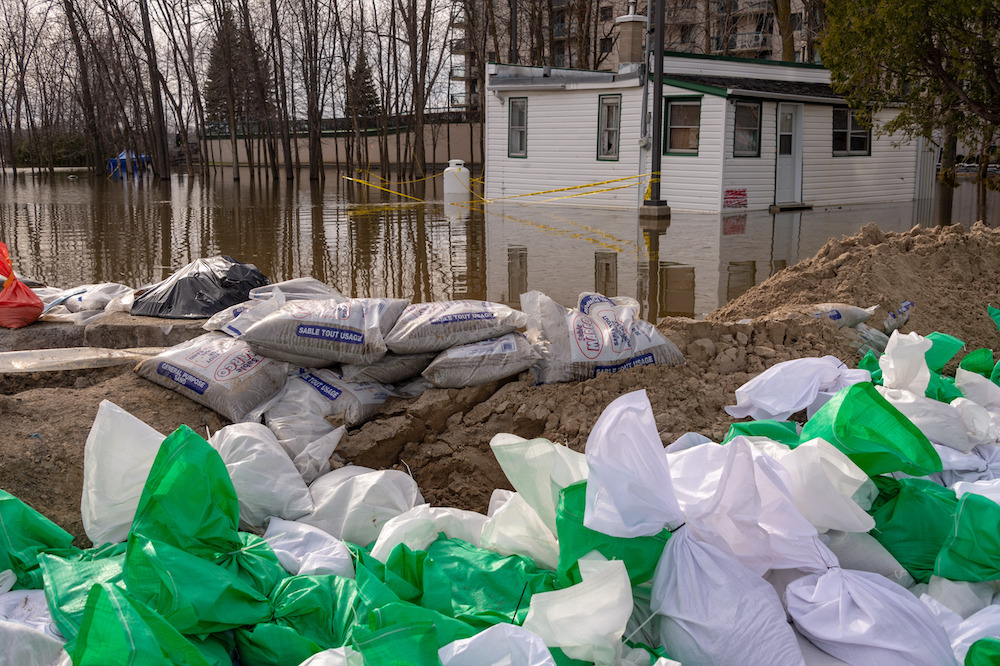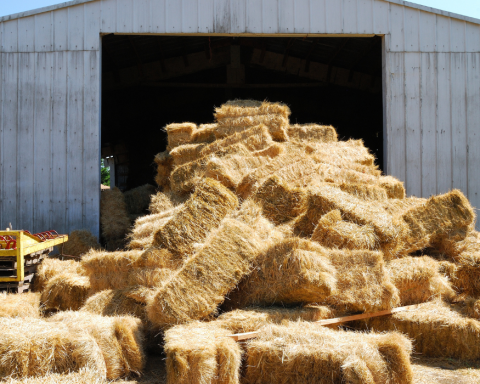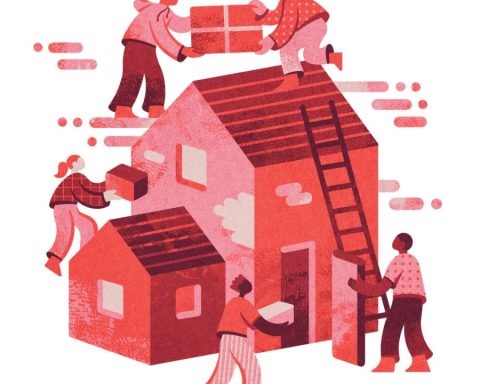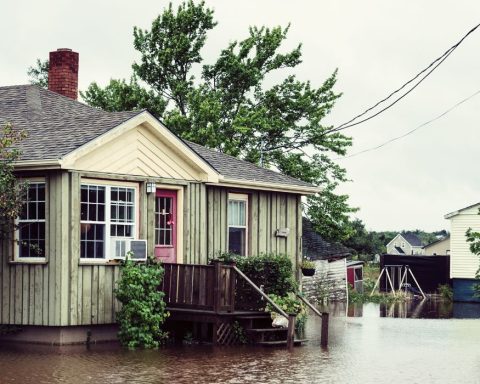As governments at all levels race to cut through a tangle of planning regulations in order to speed the development of affordable – or at least more affordable – housing, a potentially thorny question from a different crisis looms over this one.
In our rush to build new supply, will governments, lenders and developers ensure that the new housing is capable of withstanding climate-related catastrophes, or are they content to take the path of least resilience?
The steadily growing prevalence of devastating wildfires and flooding have revealed new vulnerabilities in Canada’s existing housing stock. As participants in a panel on housing resilience, held as part of the 2024 CatIQ catastrophe conference, explained, flood-related losses involving residential buildings is now about $2 billion, according to federal government data. Almost four million Canadians live in floodplains prone to one-in-200-year events. Recent studies have found that homes subject to flooding sell for 8.2% less than comparable dwellings and take longer to find new buyers.
In the U.S., meanwhile, a 2023 Nature study estimated that residential properties exposed to flood risk are $121 to $237 billion over-valued, with lower-income households in particular disproportionately exposed to those baked-in vulnerabilities. Another assessment, reported in Scientific American, projects that the risk of destruction of low-income housing by coastal flooding will triple over the next 30 years.
The challenge facing policy-makers, in other words, is to avoid past locational and structural failures, such as approving sprawling subdivisions in B.C.’s Fraser Valley floodplain.
“We actually should be thinking about resilience when we’re building,” says Kathryn Bakos, managing director of finance and resilience at the Intact Centre on Climate Adaptation at the University of Waterloo. “We do have a housing crisis and we need to build more, but if we don’t build those homes appropriately, then we’re putting low-income households or newcomers in harm’s way, and we would be causing them more cost in the long term.”
If we don’t build those homes appropriately, then we’re putting low-income households or newcomers in harm’s way, and we would be causing them more cost in the long term.
–Kathryn Bakos, Intact Centre on Climate Adaptation
What’s more, the acceleration in disaster-related displacement – the 200 families in Nova Scotia that lost their homes to wildfire last summer, for example – is adding that much more pressure to the housing market, notes Chris Chopik, director of Resilient Homes Canada at The Institute for Catastrophic Loss Reduction. “Unless we’re thinking of this from both what we’re losing as well as what we’re gaining, we’re not really looking at the problem completely.”
The political pressure to build shouldn’t become a licence for shoddy or shortsighted design and construction. “Excuse my language, but affordability through shitty housing is not good policy, but it’s what we tend to do,” says housing policy consultant Steve Mennill, the former chief climate officer for Canada Mortgage and Housing Corporation. He cites incentives baked into a current rental-housing subsidy program that allow developers to outfit these apartment buildings with gas-fired boilers with relatively short life spans and a reliance on, well, gas.
The explanation: this equipment is less costly in projects expected to deliver on the promise of affordable rents. “In 10 years,” Mennill says, “we’re going to rip them all out and replace them with electric heat pump units or other technology. They’re cheaper right now if you subsidize this program, based on its upfront capital cost. But if you actually consider the life-cycle costs and the operating costs of that decision, you will probably come to a different decision.”
“Excuse my language, but affordability through shitty housing is not good policy, but it’s what we tend to do.
–Steve Mennill, former chief climate officer for Canada Mortgage and Housing Corporation
Chopik points out that governments, lenders and builders tend not to acknowledge the fact that investments in a home’s resiliency have an exceedingly high rate of return – five- to 10-times payback compared with the personal and societal costs that kick in when a disaster hits; that is, everything from property insurance claims to emergency relief funds, which come from public coffers and thus eat into the funds governments use to deliver other services. As he says, it’s the old adage about an ounce of prevention: “Does everybody need to have a heart attack before we go and start on our heart health? That doesn’t seem like the right answer.”
With governments pushing to approve new affordable housing and higher-density housing, policy-makers should be looking for ways to rewire the lending system such that resiliency is rewarded. “We need to make higher-risk things more expensive and lower-risk ones cheaper than they are,” Mennill says. “Right now, there’s very little differentiation at the individual house level or mortgage level between higher-risk and lower-risk houses in terms of the cost of financing.”
Governments at all levels, he adds, need to do a better job mapping disaster risk – for example, the precise location of floodplains or urban-forest boundaries – and then make this information available to lenders, both private and public, so they can price in this kind of climate risk when approving financing arrangements with builders or local governments. “You have to have that information readily available and widely available.”
In the rush to accelerate housing construction, planning authorities and developers may be tempted to sacrifice resilience to drive down prices, Bakos says. “You could actually say we’re moving in the opposite direction because of the need for housing.”
But, as Chopik points out, climate math dictates that shortcuts – building on marginal low-lying land, eliminating basements, ignoring the need to install basic protections, like backflow valves, et cetera – will boomerang back on everyone involved, from lenders to tenants.
“The entire housing supply chain has a motive to act based upon every actor’s own self-interest around asset protection and housing preservation through resiliency,” he says. “We know what the scientific interventions are to make buildings more resilient. We need individual homeowners and the entire housing supply chain to do a better job of investing in resiliency.”







